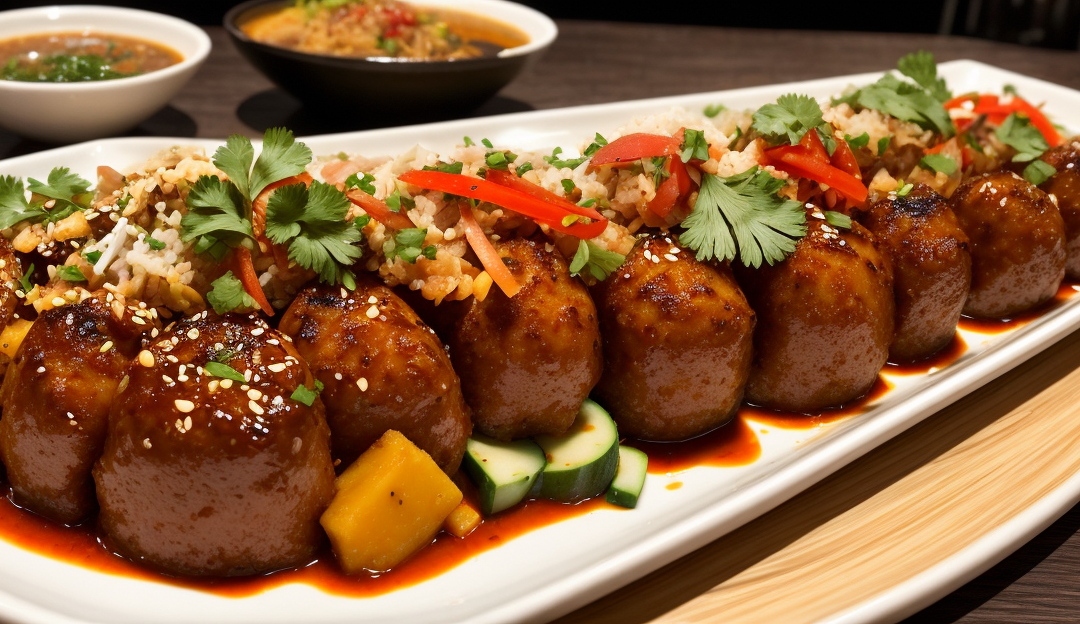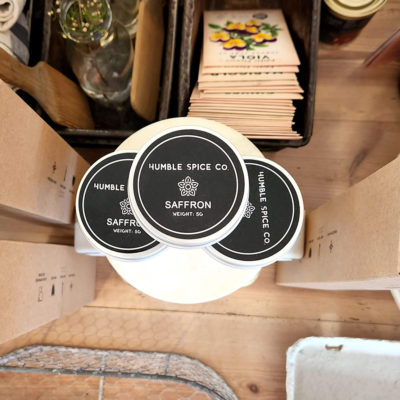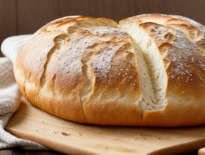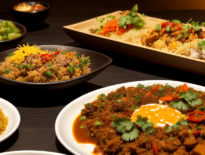If you’ve ever wondered how to add a touch of luxury to your home-cooked dishes, saffron may be the answer. Known as the “golden spice,” saffron is the world’s most expensive spice by weight, but a little goes a long way in transforming your meals into something extraordinary. In this article, we’ll embark on a journey through the vibrant history, unique flavor profile, and diverse culinary applications of saffron. By the end, you’ll be equipped with the knowledge and inspiration to incorporate this precious spice into your kitchen and elevate your culinary adventures.
The Rich History of Saffron
Saffron’s story is woven into the tapestry of human history, with its use dating back over 3,500 years. This golden spice has traversed continents, cultures, and centuries, leaving an indelible mark on various culinary traditions.
Saffron’s roots can be traced to the ancient region of Mesopotamia (modern-day Iraq), where it was cultivated and used as a flavoring, a dye, and a medicinal agent. Its popularity soon spread to the Mediterranean and Asia, and it played a significant role in Greek, Roman, and Persian cuisines.
Unveiling the Saffron Magic
The vibrant crimson threads of saffron aren’t just visually striking; they’re a testament to the complex chemistry that defines this spice. Saffron contains compounds like crocin, picrocrocin, and safranal, which are responsible for its unique flavor and aroma.
Saffron’s flavor is often described as floral, honey-like, and slightly earthy, with a subtle bitterness. Its aroma is both exotic and fragrant, making it a prized addition to many dishes.
Choosing the Perfect Saffron
When it comes to saffron, quality is paramount. The market is flooded with counterfeit saffron, so it’s crucial to know how to select the real deal. Here are some tips:
- Look for deep red threads: Genuine saffron threads should have a rich, deep red color. Avoid anything that appears brown or with white or yellow portions.
- Check the aroma: Authentic saffron should release a potent, sweet, and slightly woody aroma when crushed.
- Beware of cheap imitations: Be cautious if the price seems too good to be true. Saffron’s labor-intensive harvesting process contributes to its high cost, so suspiciously low prices may indicate a counterfeit product.
Storing Saffron with Care
To protect your saffron’s flavor and potency, proper storage is essential. Store saffron threads in an airtight container in a cool, dark place. Light and air exposure can cause saffron to deteriorate more rapidly. When stored correctly, saffron can maintain its quality for several years.
Infusing Saffron in Your Dishes
Now that you’ve procured your saffron, it’s time to bring its magic into your kitchen. Saffron is incredibly versatile and can be used in a wide range of dishes, from savory to sweet. Here are a few practical tips for using saffron:
- Infusion: The most common method of using saffron is to infuse it in warm liquid, like water, broth, or milk. The threads release their vibrant color and flavor during the infusion process.
- Toasting: Some recipes call for toasting saffron threads briefly in a dry pan before grinding or infusing. This can enhance the depth of flavor.
- Crushing: To release saffron’s aroma and flavor, crush the threads with a mortar and pestle or between your fingers before adding them to a recipe.
Health Benefits of Saffron
Beyond its culinary applications, saffron has been valued for its potential health benefits for centuries. Recent research has begun to shed light on the medicinal properties of this remarkable spice.
Saffron is rich in antioxidants, particularly crocin, which may help protect cells from oxidative stress and inflammation. It has also been studied for its potential mood-enhancing effects and its role in traditional herbal medicine.
Saffron’s Role in World Cuisine
Saffron is an essential ingredient in many global cuisines, each utilizing its unique flavor and aroma in distinct ways. Here are a few examples of saffron’s role in world cuisine:
- Spanish Cuisine: Saffron is the star of Spain’s iconic dish, paella. The spice imparts a rich golden color and a complex flavor profile that elevates the rice and seafood.
- Persian Cuisine: Saffron plays a central role in Persian cooking, infusing rice dishes with its distinctive flavor. Saffron rice is often served with kebabs and stews, creating a delightful contrast in flavor.
- Indian Cuisine: Saffron is used in a variety of Indian dishes, from biryanis to sweets like saffron-infused rice pudding, or kheer.
- Middle Eastern Cuisine: Saffron appears in Middle Eastern sweets and dishes, like saffron-infused rice, saffron tea, and baklava.
- Italian Cuisine: Italy is known for saffron-flavored risotto, which features creamy rice infused with saffron’s unique aroma and flavor.
Saffron Substitutes and Myths
While saffron is undoubtedly a unique and precious spice, there are some substitutes that home cooks on a budget can consider. However, it’s important to note that these alternatives won’t replicate saffron’s exact flavor and aroma. Common saffron substitutes include turmeric (for color), safflower, marigold petals, or annatto.
There is also a common misconception that “saffron” often refers to safflower or other spices that may have a similar color but lack the unique flavor profile of genuine saffron. It’s essential to distinguish between these different ingredients to ensure your dishes have the authentic saffron experience.
Growing Saffron at Home
For those with a green thumb, the idea of growing your saffron can be enticing. Saffron crocus (Crocus sativus) is the variety of crocus that produces saffron, and it’s possible to cultivate it at home.
Saffron crocus bulbs can be planted in the fall, and they’ll typically bloom in the autumn. They require well-draining soil, plenty of sunlight, and a dry summer period. While growing saffron at home won’t yield a vast quantity of saffron threads, it can be a rewarding and educational experience for gardening enthusiasts.
The Golden Spice Awaits
Saffron is more than a spice; it’s a gateway to a world of rich flavors, vibrant colors, and diverse culinary traditions. Whether you’re preparing a classic paella, adding a touch of luxury to your risotto, or crafting a saffron-infused dessert, this golden spice has the power to transform your dishes into culinary masterpieces. As you embark on your saffron-infused culinary adventures, you’ll discover the magic it brings to your kitchen, opening the door to a world of culinary exploration and flavor experimentation. So, why not add a touch of saffron to your next home-cooked masterpiece and embark on a golden culinary journey?






